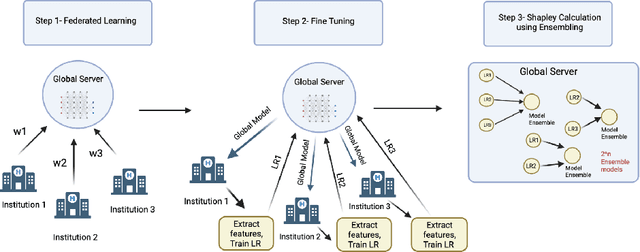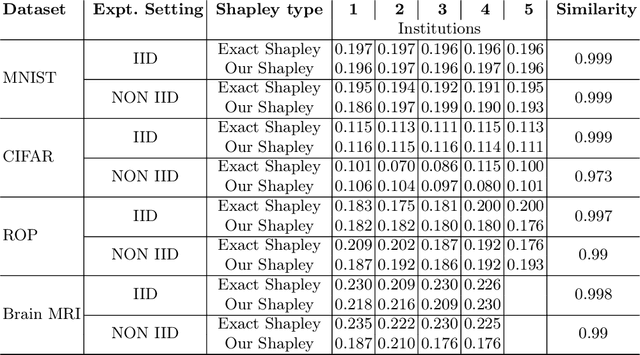Sourav Kumar
NTIRE 2025 Challenge on Event-Based Image Deblurring: Methods and Results
Apr 16, 2025Abstract:This paper presents an overview of NTIRE 2025 the First Challenge on Event-Based Image Deblurring, detailing the proposed methodologies and corresponding results. The primary goal of the challenge is to design an event-based method that achieves high-quality image deblurring, with performance quantitatively assessed using Peak Signal-to-Noise Ratio (PSNR). Notably, there are no restrictions on computational complexity or model size. The task focuses on leveraging both events and images as inputs for single-image deblurring. A total of 199 participants registered, among whom 15 teams successfully submitted valid results, offering valuable insights into the current state of event-based image deblurring. We anticipate that this challenge will drive further advancements in event-based vision research.
Geometry Depth Consistency in RGBD Relative Pose Estimation
Jan 01, 2024Abstract:Relative pose estimation for RGBD cameras is crucial in a number of applications. Previous approaches either rely on the RGB aspect of the images to estimate pose thus not fully making use of depth in the estimation process or estimate pose from the 3D cloud of points that each image produces, thus not making full use of RGB information. This paper shows that if one pair of correspondences is hypothesized from the RGB-based ranked-ordered correspondence list, then the space of remaining correspondences is restricted to corresponding pairs of curves nested around the hypothesized correspondence, implicitly capturing depth consistency. This simple Geometric Depth Constraint (GDC) significantly reduces potential matches. In effect this becomes a filter on possible correspondences that helps reduce the number of outliers and thus expedites RANSAC significantly. As such, the same budget of time allows for more RANSAC iterations and therefore additional robustness and a significant speedup. In addition, the paper proposed a Nested RANSAC approach that also speeds up the process, as shown through experiments on TUM, ICL-NUIM, and RGBD Scenes v2 datasets.
Towards More Efficient Data Valuation in Healthcare Federated Learning using Ensembling
Sep 12, 2022


Abstract:Federated Learning (FL) wherein multiple institutions collaboratively train a machine learning model without sharing data is becoming popular. Participating institutions might not contribute equally, some contribute more data, some better quality data or some more diverse data. To fairly rank the contribution of different institutions, Shapley value (SV) has emerged as the method of choice. Exact SV computation is impossibly expensive, especially when there are hundreds of contributors. Existing SV computation techniques use approximations. However, in healthcare where the number of contributing institutions are likely not of a colossal scale, computing exact SVs is still exorbitantly expensive, but not impossible. For such settings, we propose an efficient SV computation technique called SaFE (Shapley Value for Federated Learning using Ensembling). We empirically show that SaFE computes values that are close to exact SVs, and that it performs better than current SV approximations. This is particularly relevant in medical imaging setting where widespread heterogeneity across institutions is rampant and fast accurate data valuation is required to determine the contribution of each participant in multi-institutional collaborative learning.
 Add to Chrome
Add to Chrome Add to Firefox
Add to Firefox Add to Edge
Add to Edge